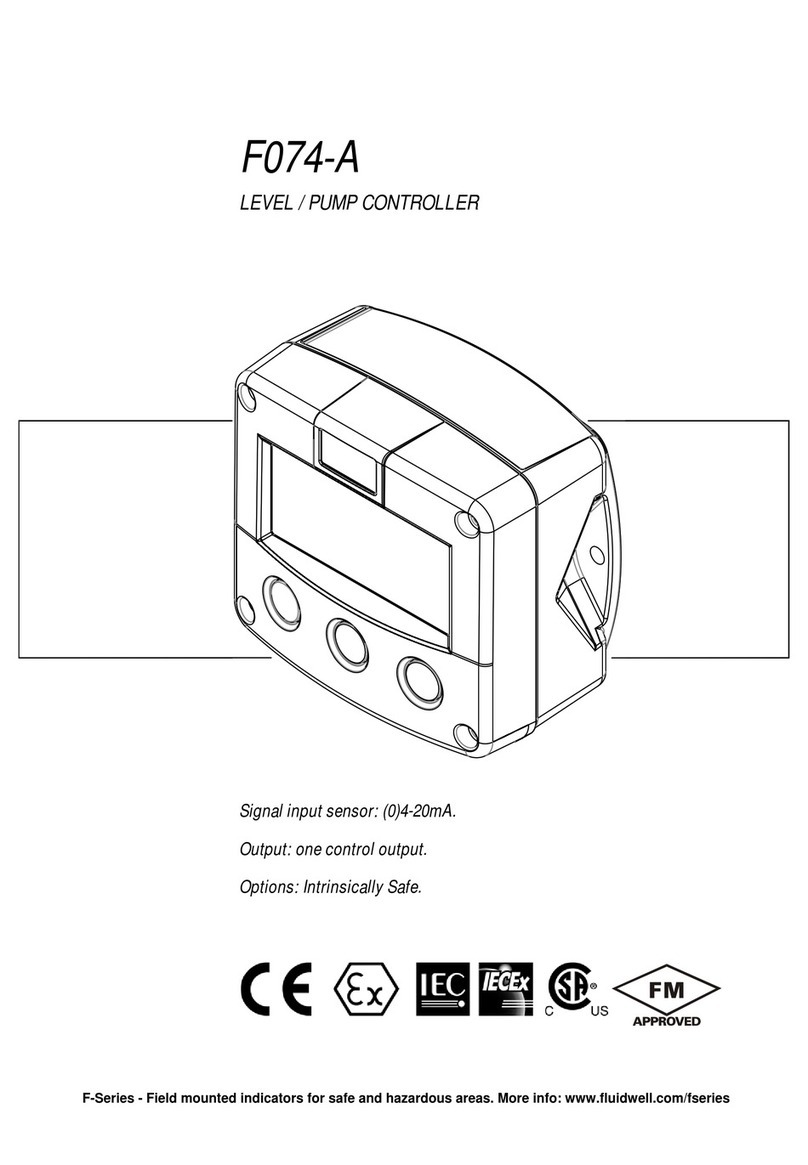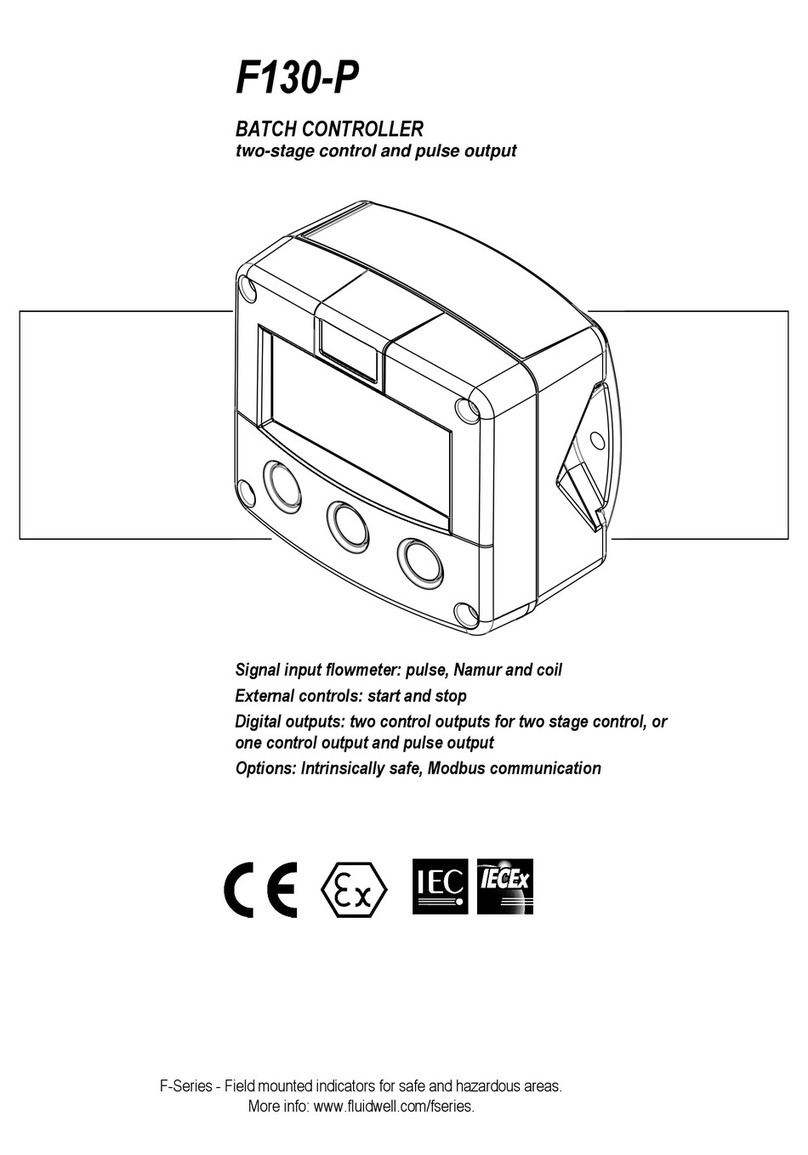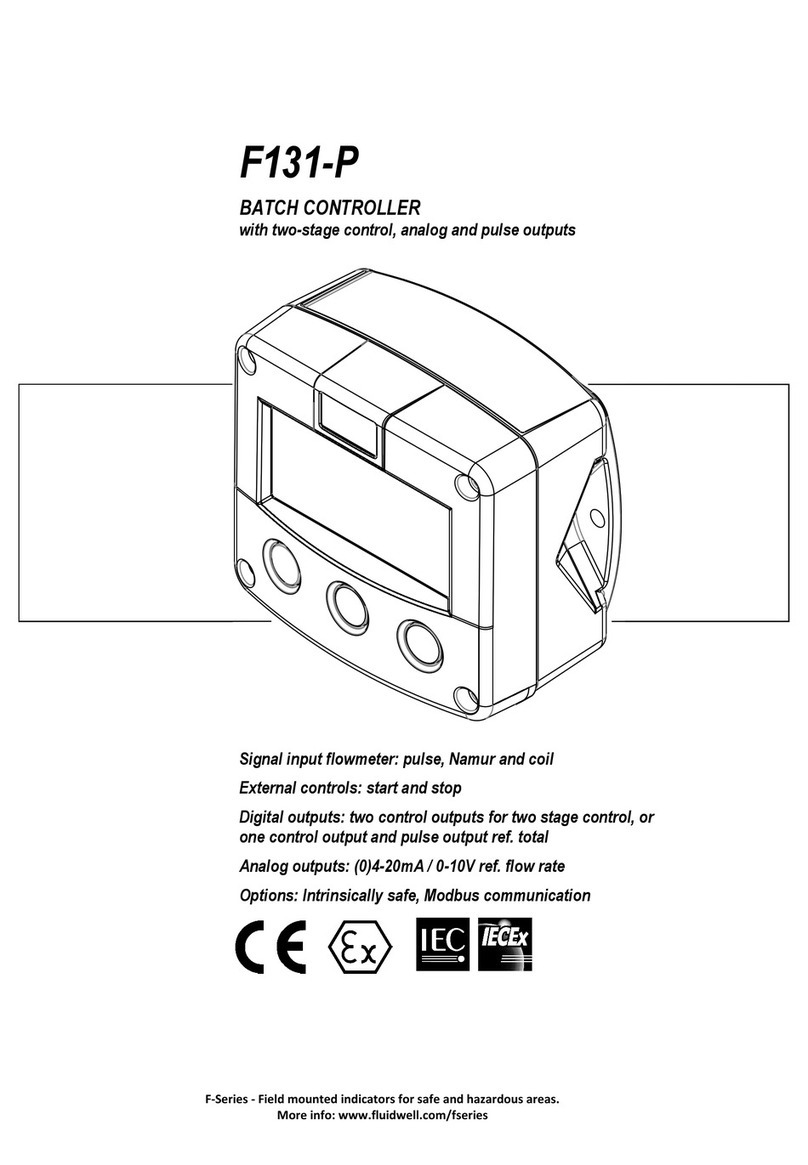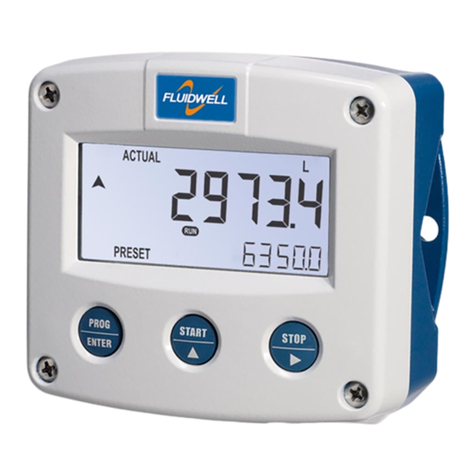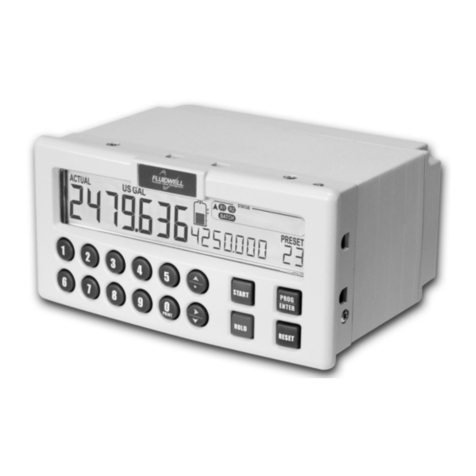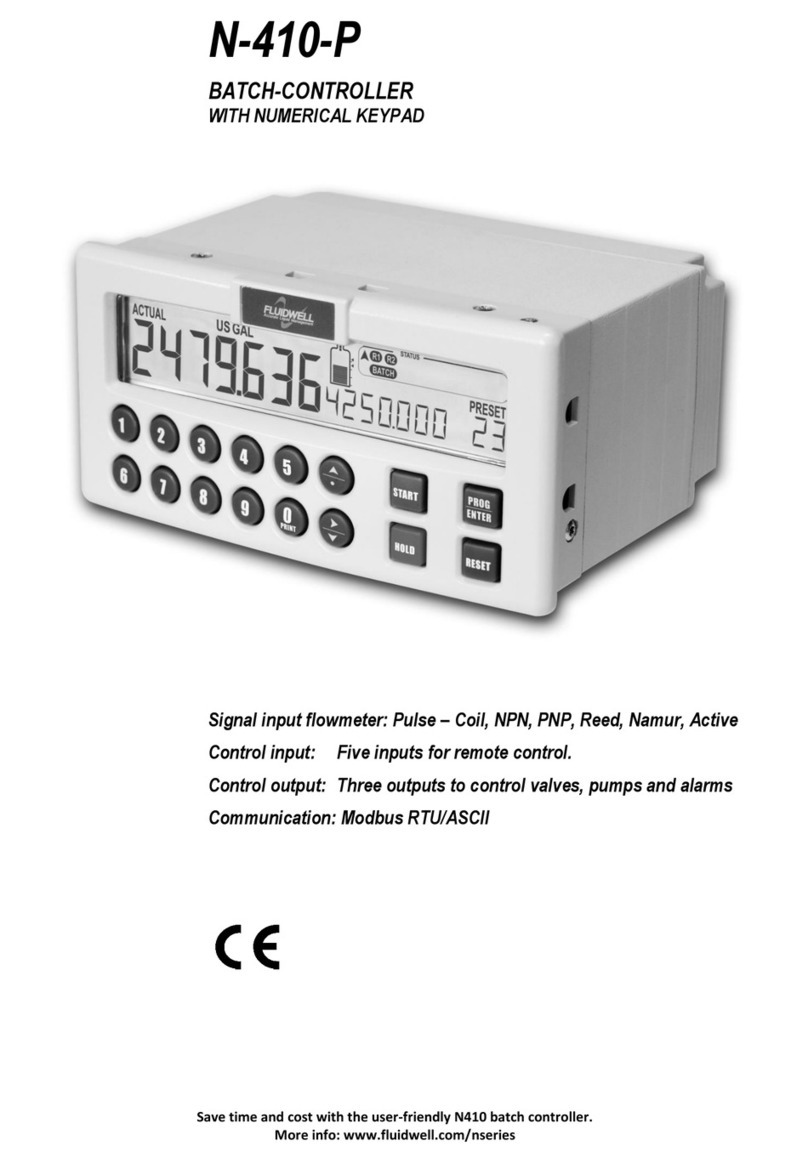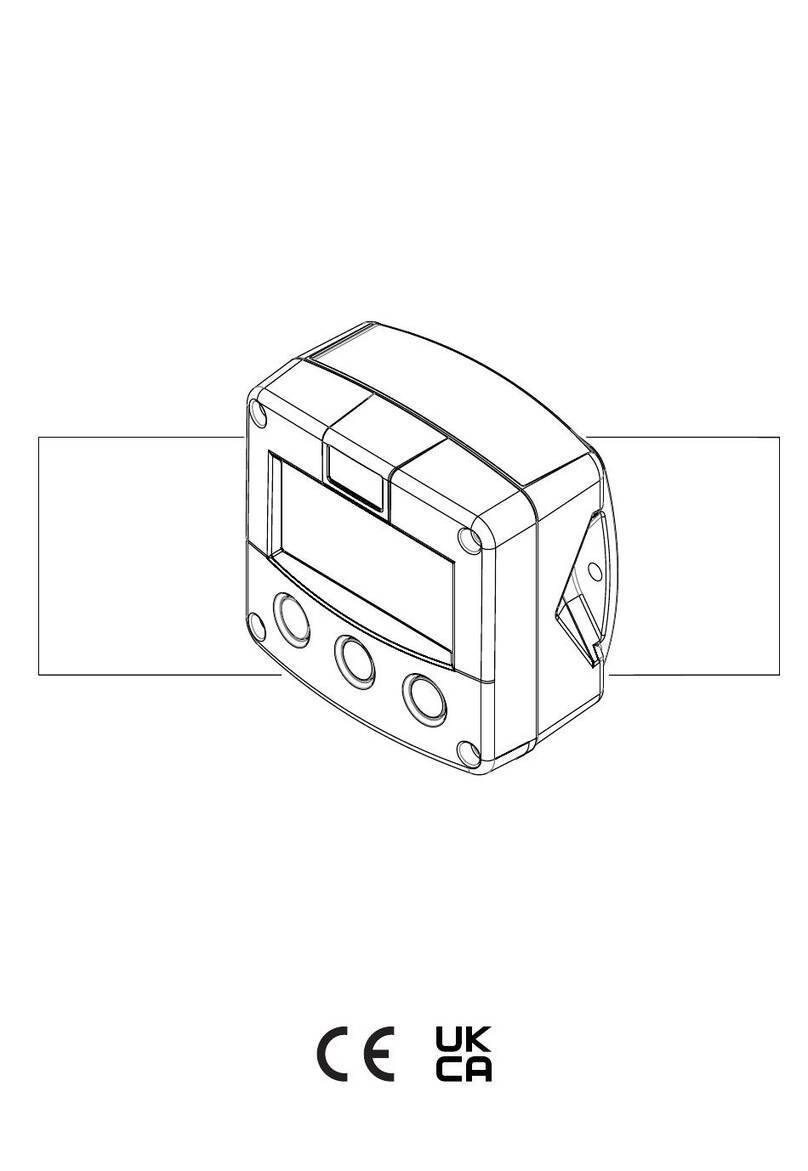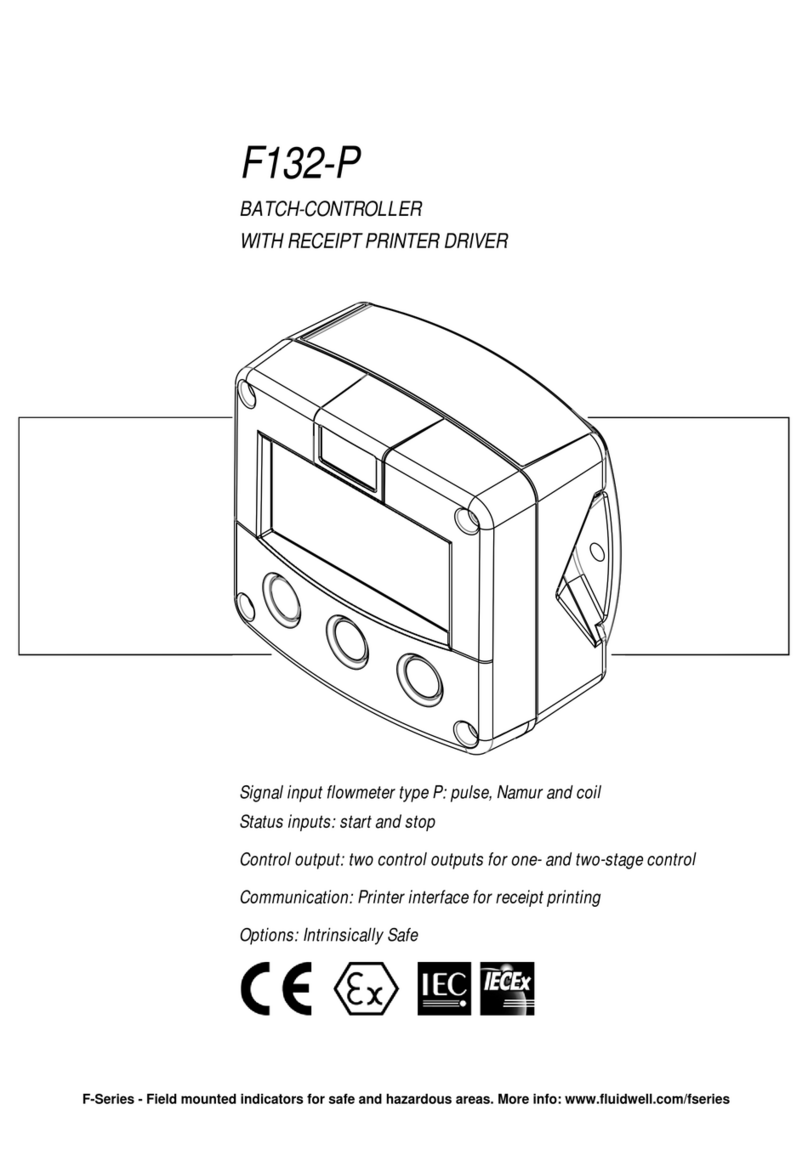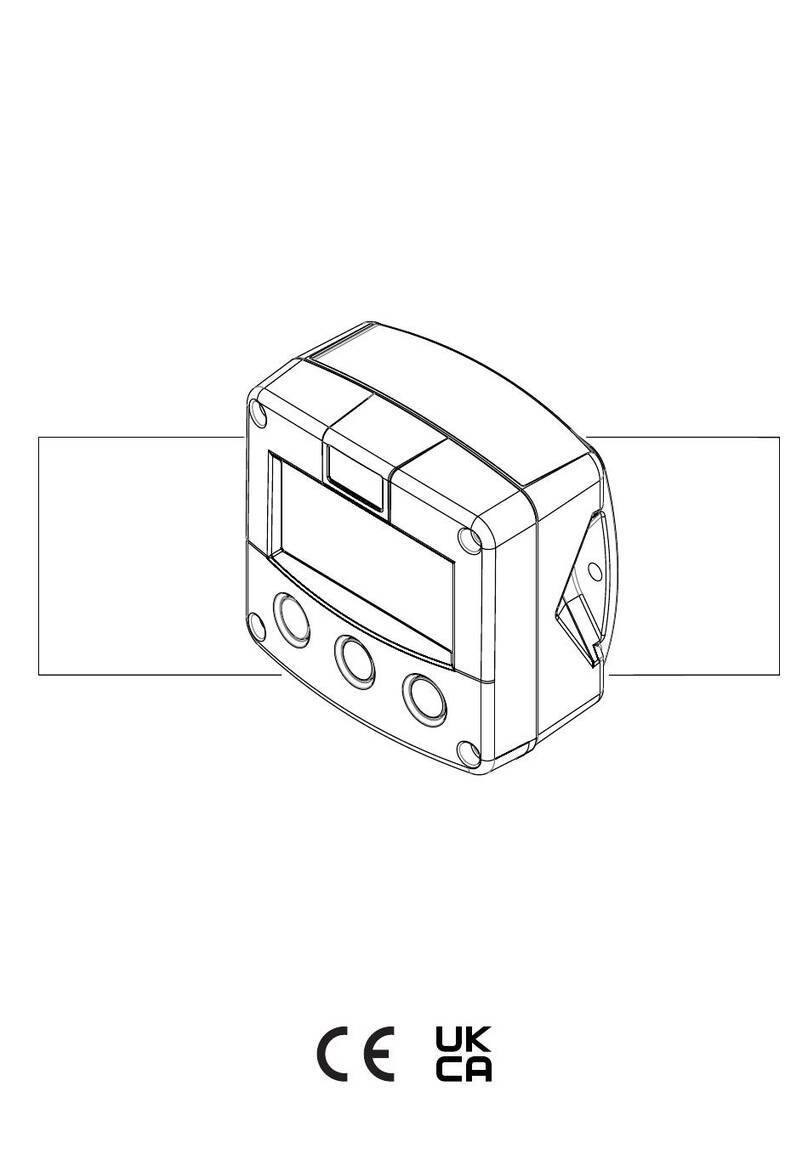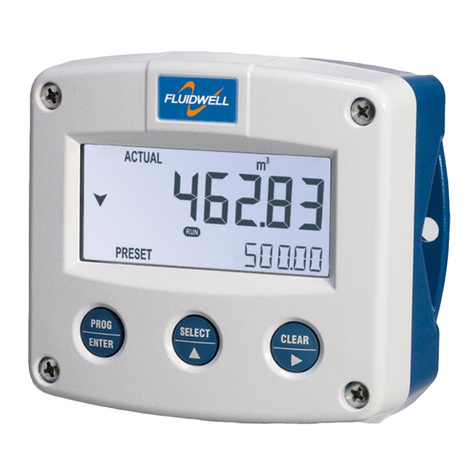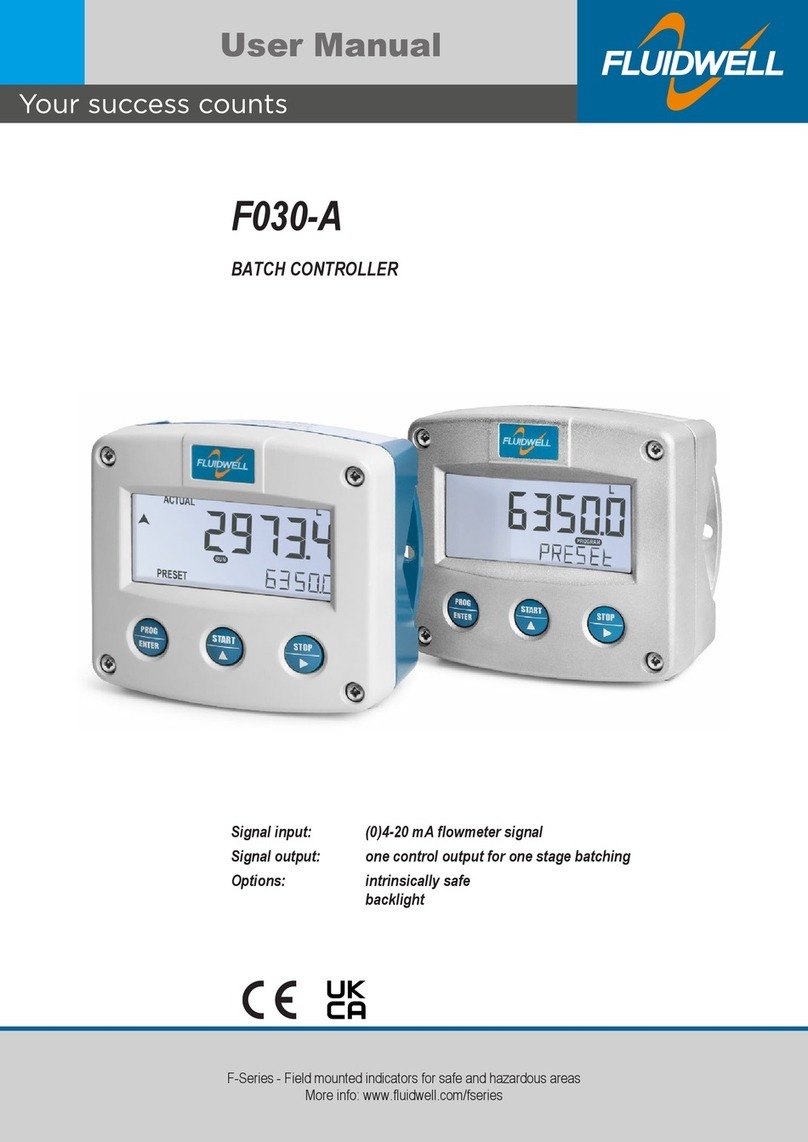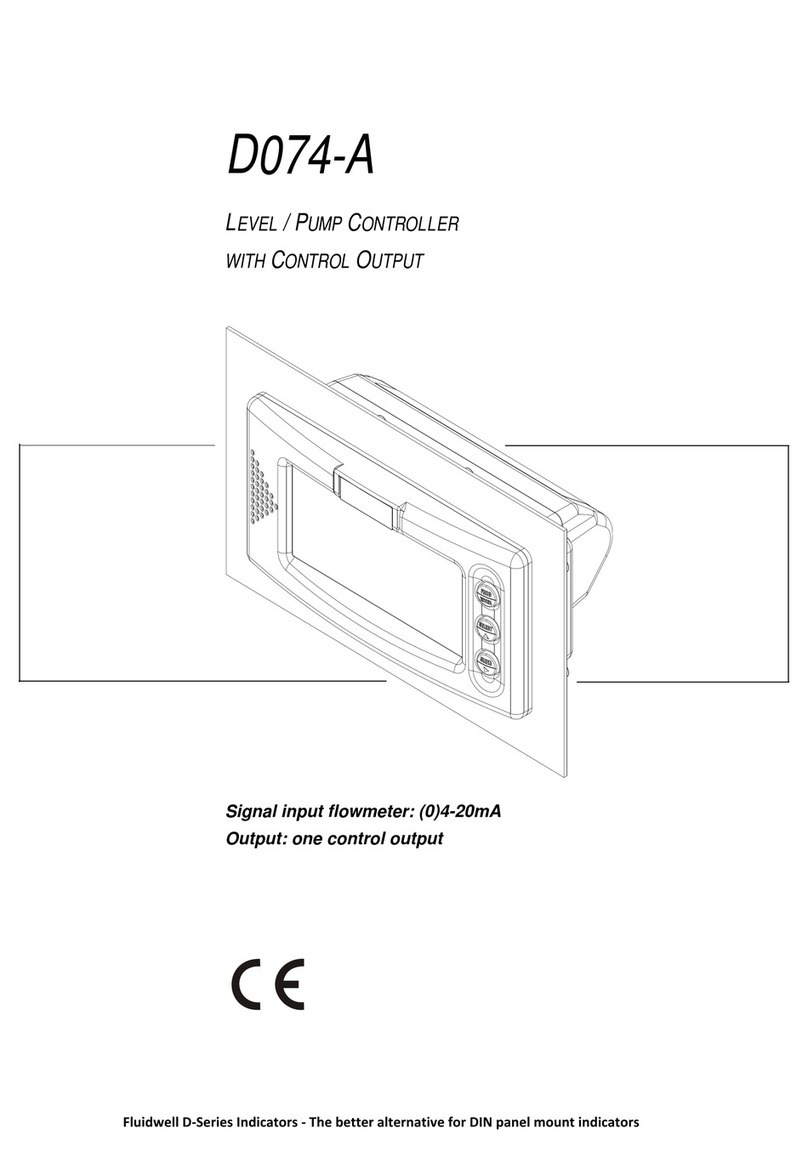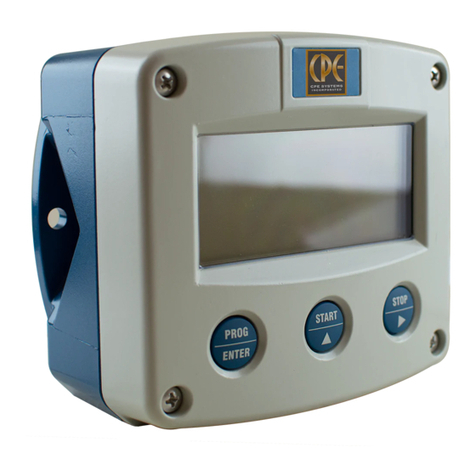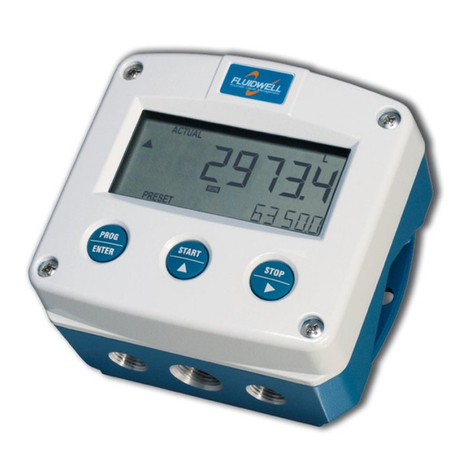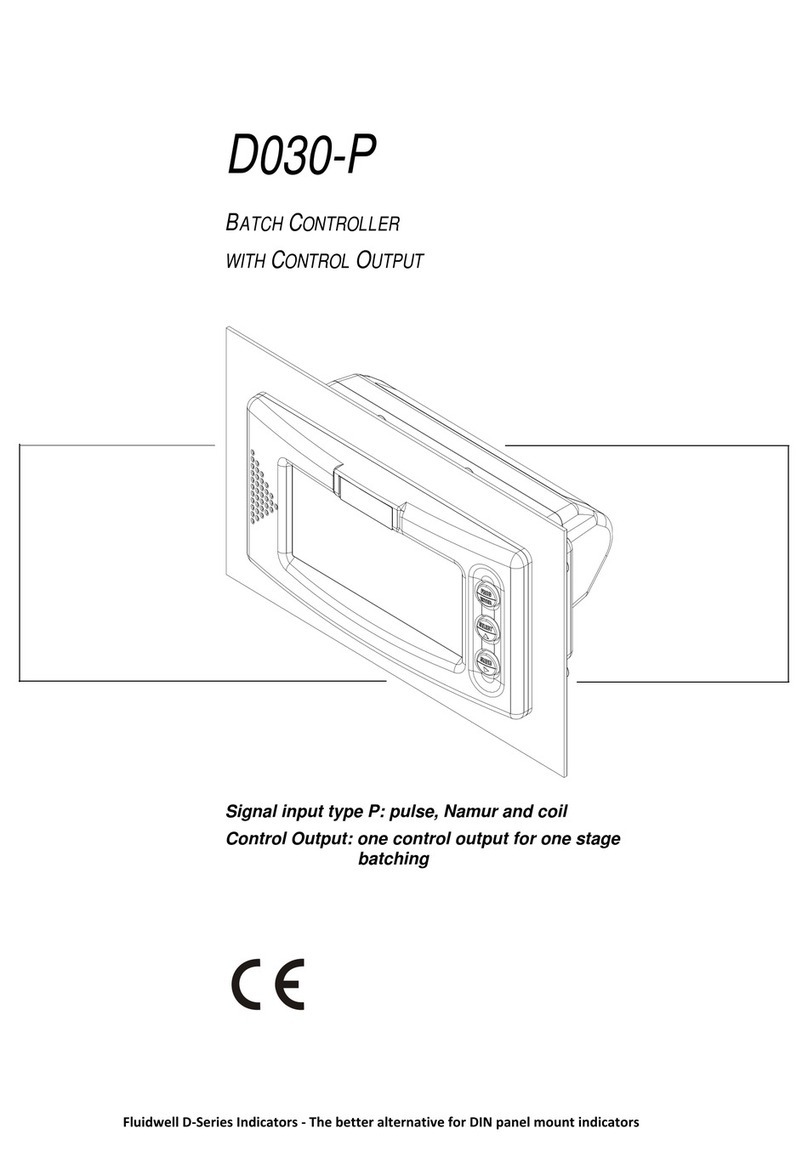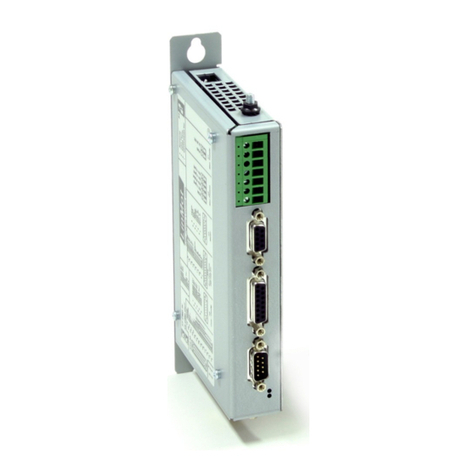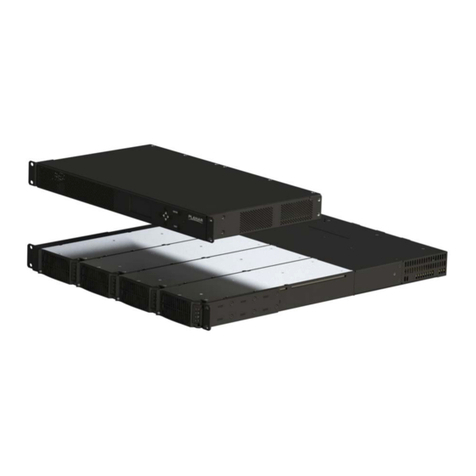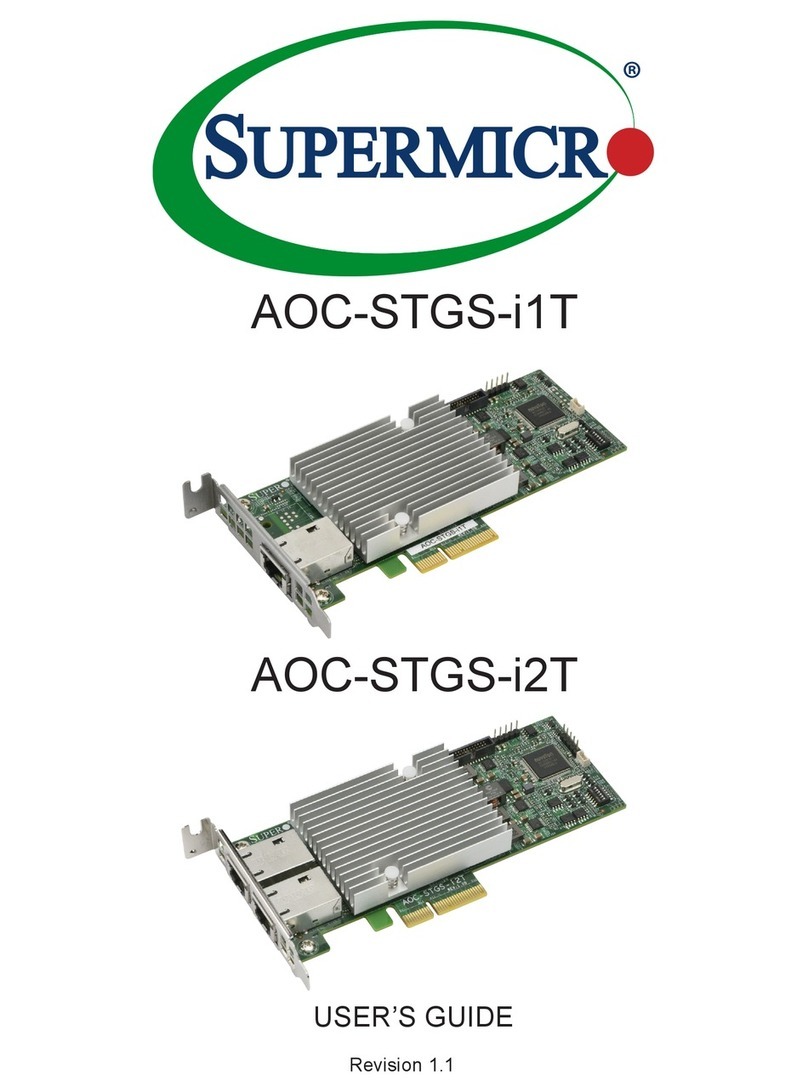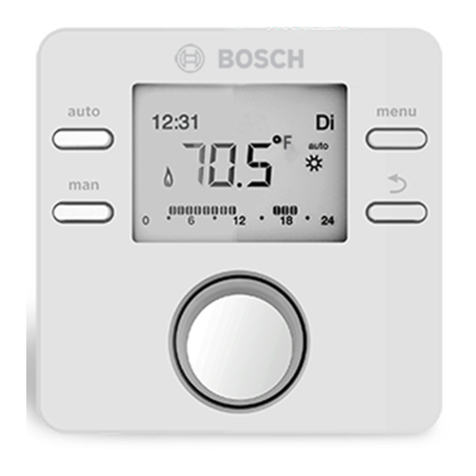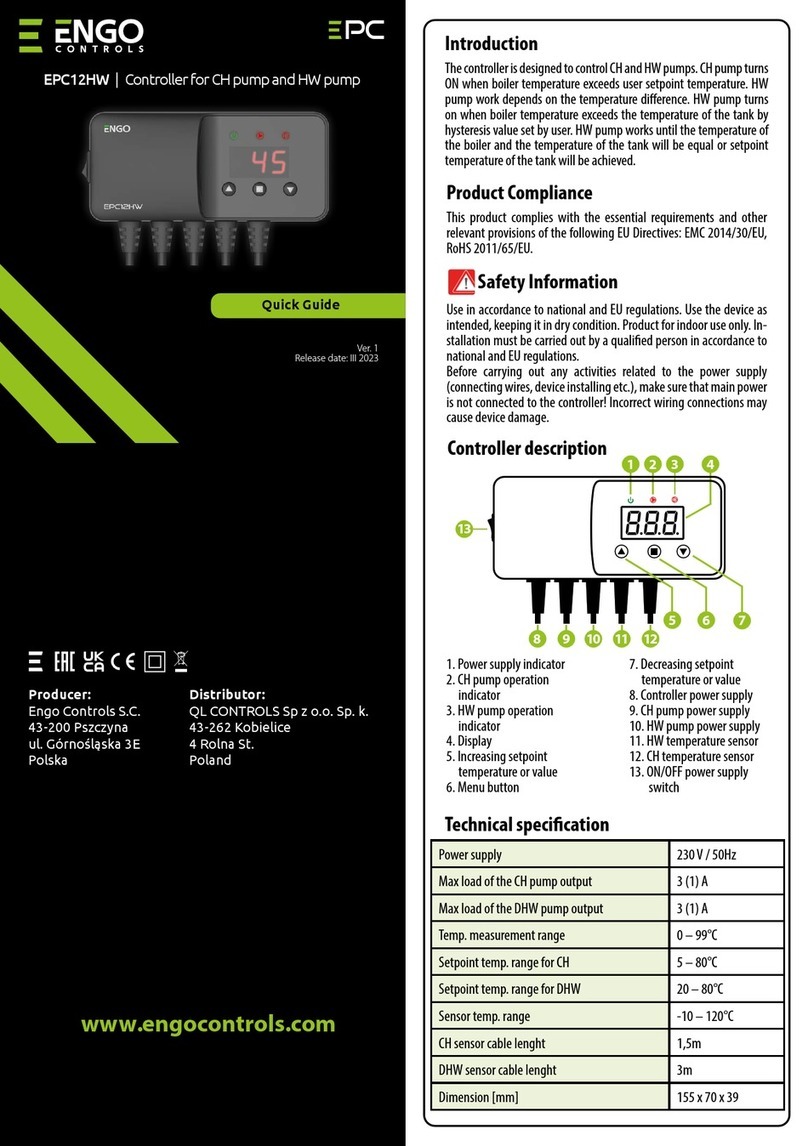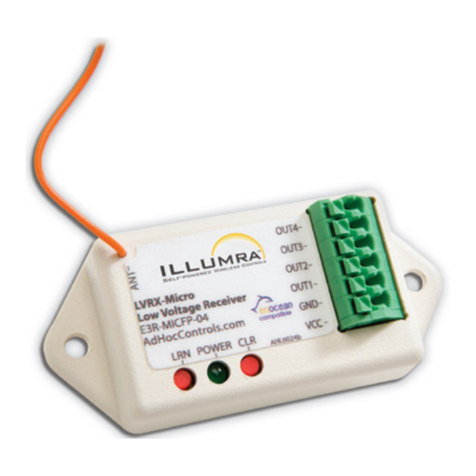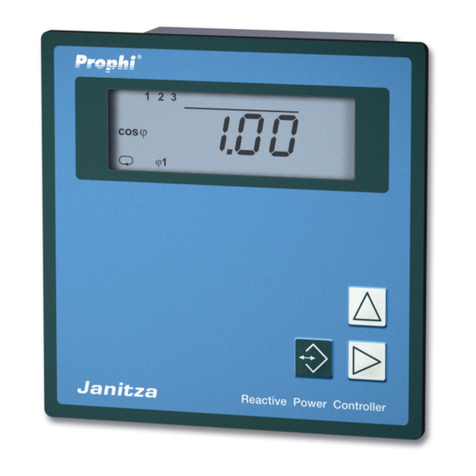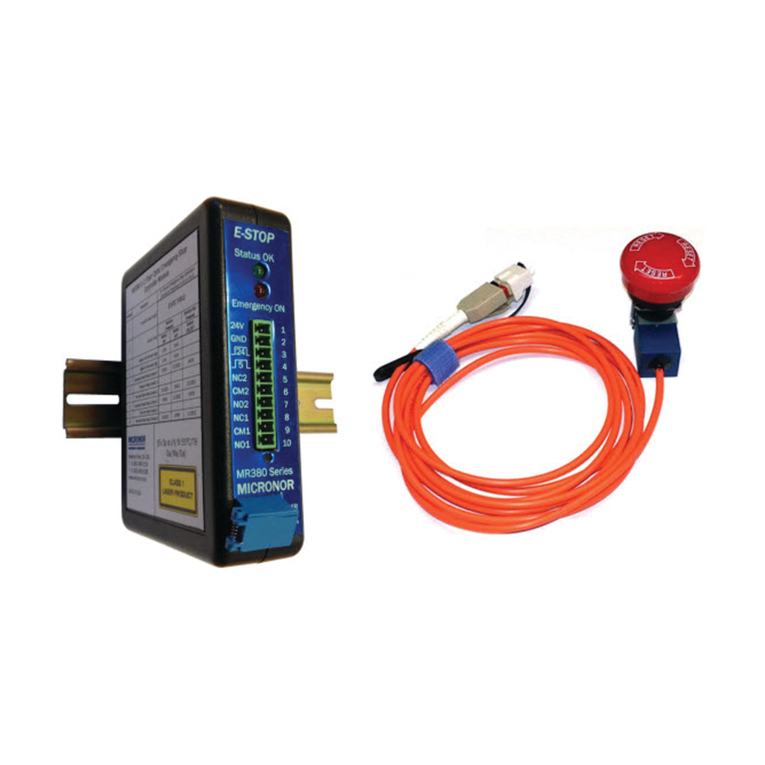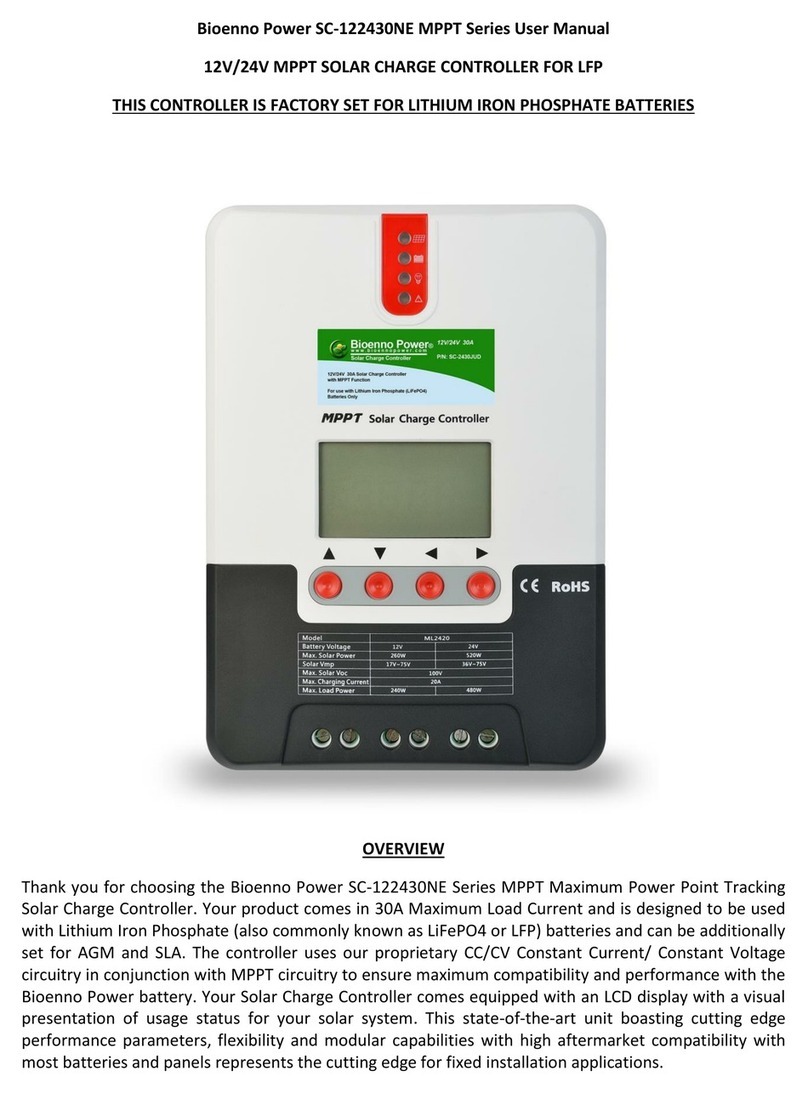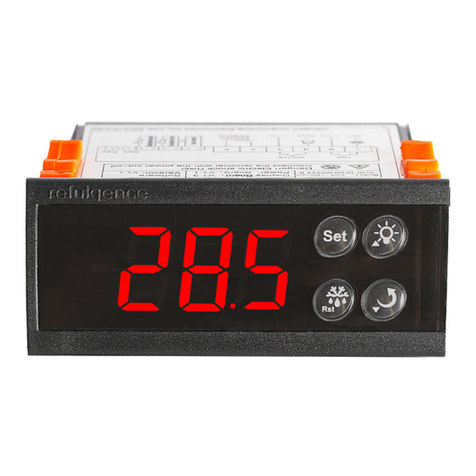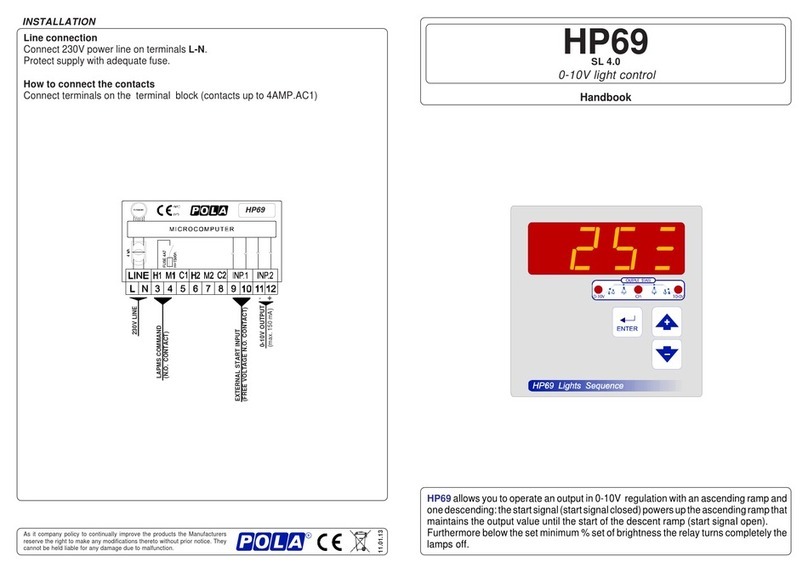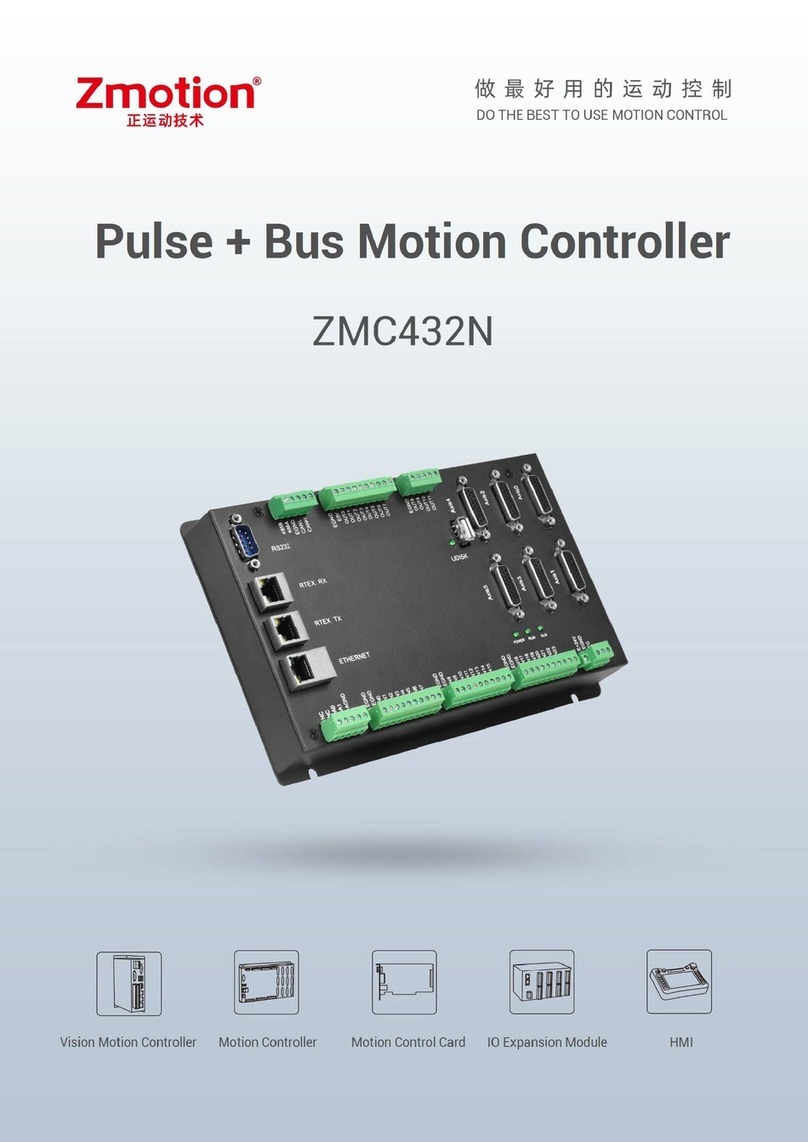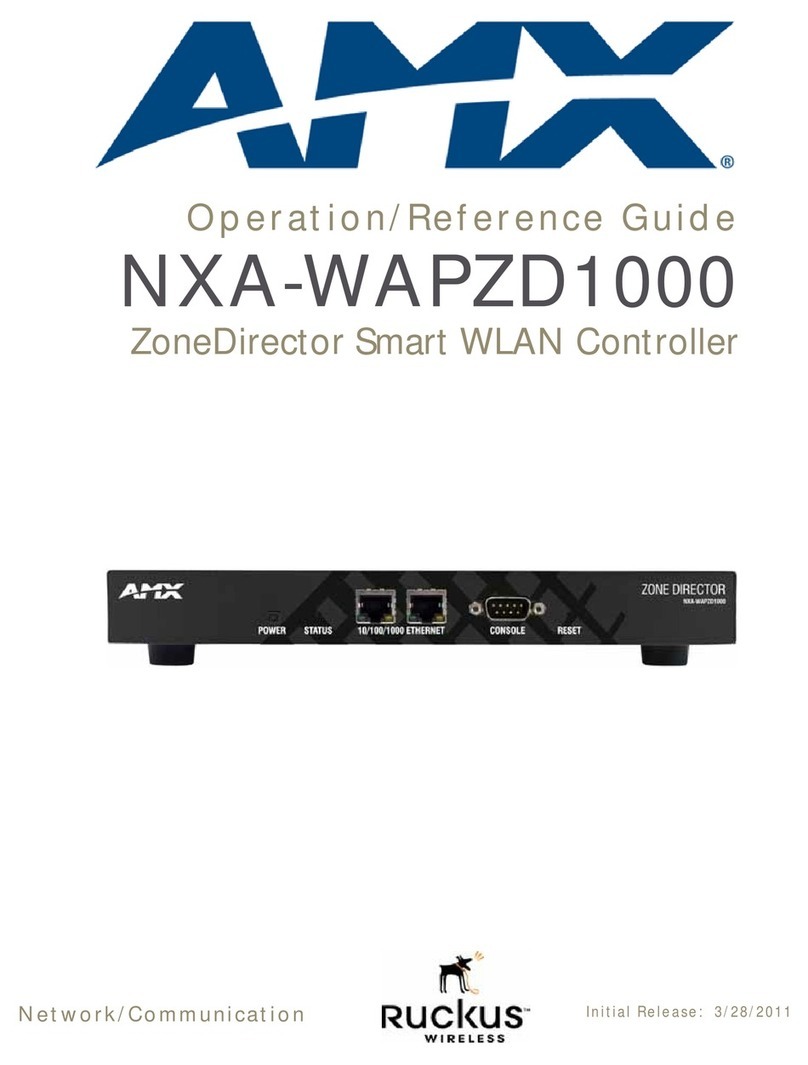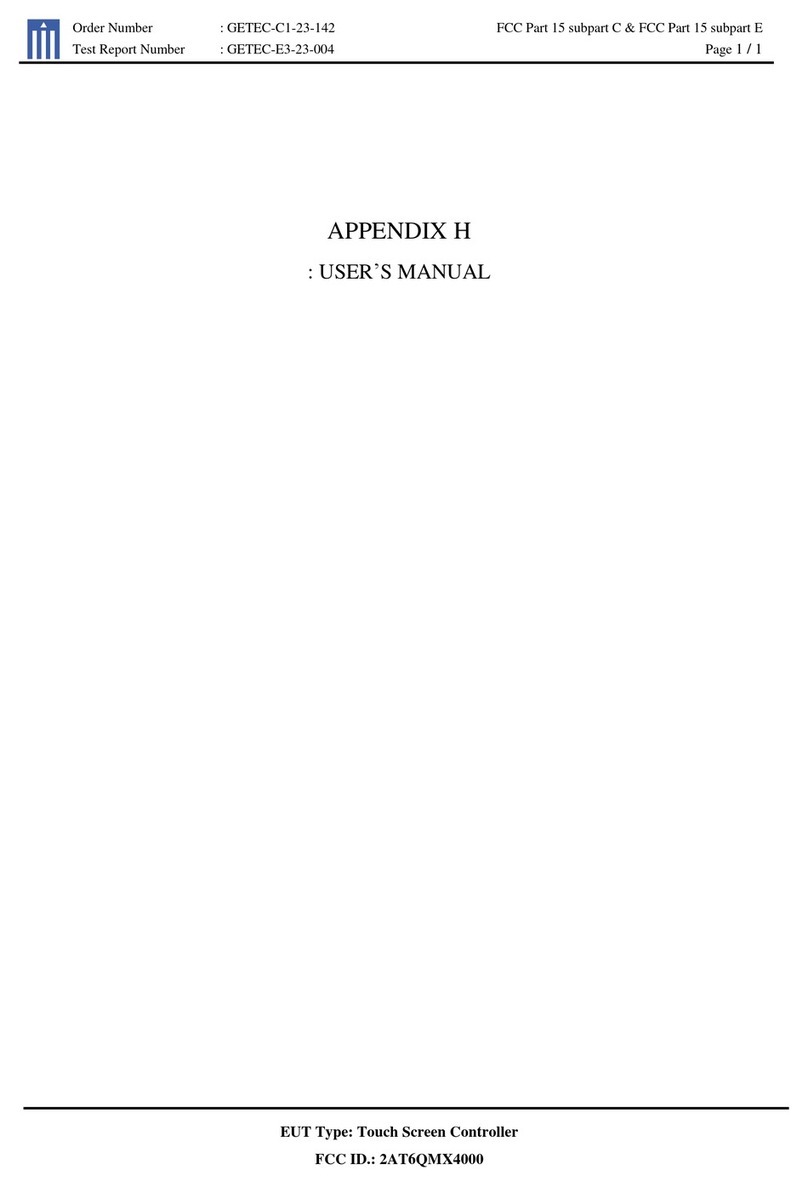
FW_F133P_v1702_02_EN
CONTENTS MANUAL
Safety instructions.................................................................................................................................3
Disposal of electronic waste..................................................................................................................3
Safety rules and precautionary measures.............................................................................................3
About the manual..................................................................................................................................4
Warranty and technical support ............................................................................................................4
Contents manual...................................................................................................................................5
1. Introduction.......................................................................................................................6
1.1. System description ......................................................................................................6
2. Operational .......................................................................................................................7
2.1. General........................................................................................................................7
2.2. Control panel ...............................................................................................................7
2.3. Operator information and functions.............................................................................7
2.4. dispenser functional diagram.......................................................................................9
3. Configuration...................................................................................................................10
3.1. How to program the F133-P......................................................................................10
3.1.1. Setup menu - Settings...............................................................................................12
3.1.2. Explanation of Setup menu 1 - Total.........................................................................13
3.1.3. Explanation of Setup menu 2 - Flow rate ..................................................................13
3.1.3. Explanation of Setup menu 3 - Display.....................................................................14
3.1.4. Explanation of Setup menu 4 - Power management.................................................14
3.1.5. Explanation of Setup menu 5 - Flowmeter ................................................................15
3.1.6. Explanation of Setup menu 6 - Control .....................................................................15
3.1.7. Explanation of Setup menu 7 - Status.......................................................................16
3.1.8. Explanation of Setup menu 8 - Communication (option)...........................................16
3.1.9. Explanation of Setup menu 9 - Others ......................................................................17
4. Installation.......................................................................................................................17
4.1. General directions......................................................................................................17
4.2. Installation / surrounding conditions..........................................................................17
4.3. Dimensions- Enclosure..............................................................................................18
4.4. Installing the hardware ..............................................................................................20
4.4.1. General installation guidelines...................................................................................20
4.4.2. Aluminum enclosure - Field mounted........................................................................21
4.4.3. Aluminum enclosure - Panel mounted.......................................................................21
4.4.4. Plastic (GRP) enclosure ............................................................................................22
4.4.3. Terminal connectors..................................................................................................23
5. Intrinsically safe applications ..........................................................................................30
5.2. Terminal connectors Intrinsically safe applications ...................................................31
5.3. Configuration examples Intrinsically Safe applications .............................................33
5.4 Battery replacement instructions ...............................................................................35
5.4.1. Safety instructions .....................................................................................................35
5.4.2. Replace the battery ...................................................................................................35
5.4.3. Disposal of batteries..................................................................................................35
6. Maintenance ...................................................................................................................36
6.1. General directions......................................................................................................36
6.2. Repair........................................................................................................................36
6.3. Repair policy..............................................................................................................36
Appendix A: Technical specification....................................................................................................37
Appendix B: Problem solving ..............................................................................................................40
Appendix C: Communication variables ...............................................................................................41
APPENDIX D: Declaration of Conformity............................................................................................44
Index of this manual............................................................................................................................45
List of figures in this manual................................................................................................................46




















